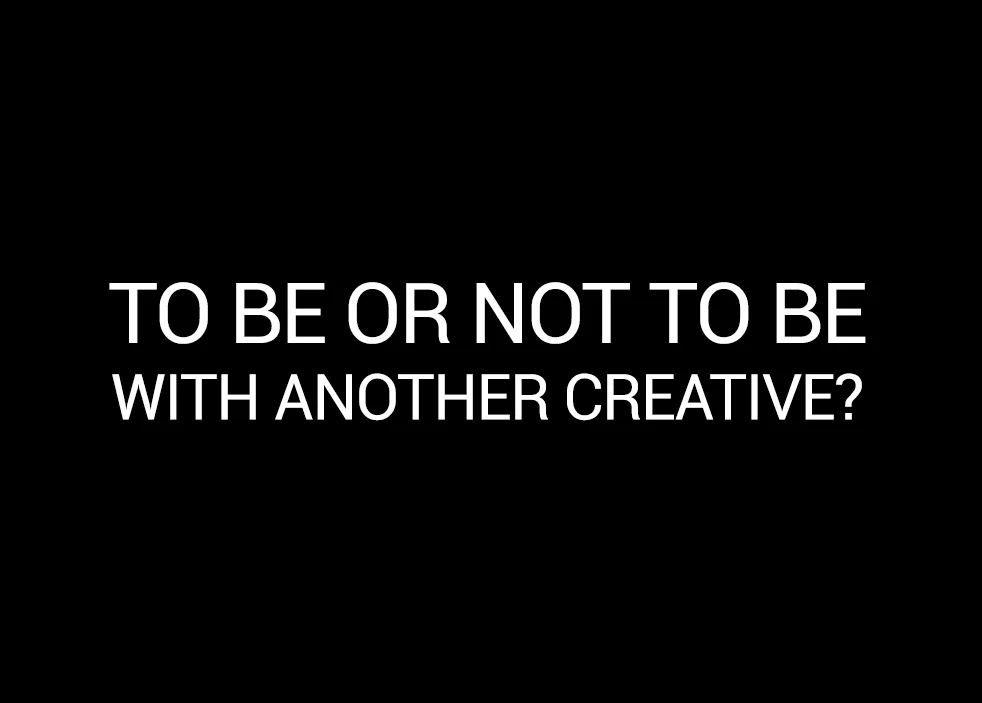Have You Ever Wondered How Some Nature Documentaries Are Filmed?
I was browsing Reddit a few weeks ago when I saw this video on the front page. Let me just begin by saying if you hate insects, don't watch it. Well, the topic was about how this particular insect, the Apulex Compressa, is one of the darkest insects in nature. By dark, I mean seriously twisted! I didn't even know nature could be that scary. If you want to know how insane this creature is, you should watch it.
However, another thought occurred, "How exactly do they film something like this? Do they go into the wild and how long do they wait?"
These are scenes where cameras are right up in their tiny evil faces. There are also cameras where they nest and feed. How do they get in there without the insects simply just finding another place all together? Do they just have tiny little cameras? Not quite! We've been fooled!
James Dunbar is the lead camera man and film director. When asked about the scene itself on Reddit, it turns out they build an entire set for this film!
"It was filmed in two specially made glass tanks. The big one is 3 feet (wide) by 2.5 feet (tall) by 2.5 feet (high). The smaller one is a little bit bigger than a shoe-box. I forget the exact dimensions."
He included behind the scenes photos of the set:
What about inside the burrow of the insect itself?
"What I did was cut a sample tube in half. Filled it with pva glue. Stuck down a bunch of sand and pebbles and stuff so it looked like a burrow. Then duct taped the tube to the side of a glass tank. Then tossed the wasp and roach in the tank. I had to shield the inside of the tube from the light until the wasp got used to the idea of using it as a place to stash its roach. Then yeah just filmed it."
What about the wait times?
"With these ones not so much. They are very predictable. The trick with filming insects is to understand the way their brains work. They are basically little robots that will undergo certain behavioral algorithms given a certain set of stimuli. You just need to provide this stimuli. This film took me say 4 days to do the whole thing. This film took 5 days to even get one shot. Because even the top biologists did not know what stimuli they needed. It was just watch and wait."
So they're all actors, how do the roaches get selected?
"The roaches selected had to be both adults and males. This was to 1) ensure continuity, 2) make sure that if they did escape they wouldn't set up shop in the zoo. 3) Give them a fighting chance with the wasps."
I contacted James for permission as well as clarification. He's a film maker who has a fascination for insects and nature. Specialized in Zoology, he does this to also spread the word about the environment and nature!
Be sure to check out more of his work on these channels below!
Website: http://www.jamesdunbarphotography.com/
Team Candiru Website: http://www.teamcandiru.co.uk/
Vimeo: https://vimeo.com/jamesdunbar
Facebook: https://www.facebook.com/jamesdunbarphotography
Twitter: https://twitter.com/jamesadunbar
Flickr: https://www.flickr.com/photos/30283185@N03/





